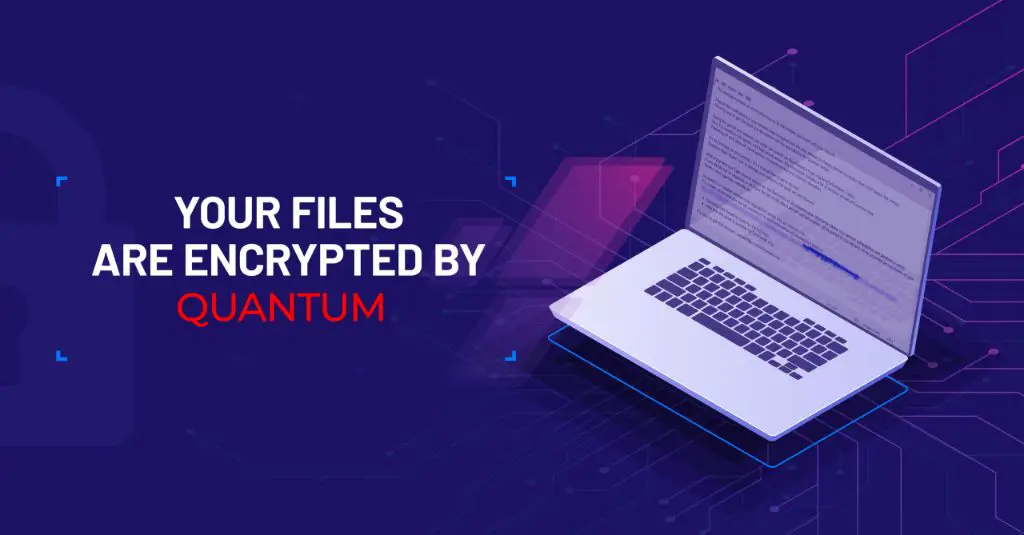To decrypt an encrypted message, an attacker needs to obtain the encryption key that was used to encrypt the message in the first place. The encryption key is essential for reversing the mathematical transformations applied during encryption and revealing the original plaintext message.
How Does Encryption Work?
Encryption works by scrambling or encoding data using a cryptographic algorithm and an encryption key. The encryption algorithm performs a series of complex mathematical operations on the plaintext data to convert it into ciphertext. Without the encryption key, it is extremely difficult for anyone to reverse these math operations and decrypt the ciphertext back into plaintext.
There are two main types of encryption: symmetric encryption and asymmetric encryption.
Symmetric Encryption
Symmetric encryption uses the same key for both encryption and decryption. The sender uses the key to encrypt the plaintext and sends the ciphertext to the receiver. The receiver applies the same key to decrypt the ciphertext and recover the original message.
Examples of symmetric encryption algorithms include AES, Blowfish, RC4, DES, and 3DES.
Asymmetric Encryption
Asymmetric encryption uses a public-private key pair. The public key is used to encrypt the plaintext. The private key is required to decrypt the ciphertext. The public key can be freely shared, but the private key must be kept secret.
Examples of asymmetric encryption algorithms include RSA, Diffie-Hellman, ECC, ElGamal, and DSA.
How Attackers Try to Break Encryption
Attackers have two main strategies for trying to decrypt encrypted data without the encryption key:
- Brute force attacks
- Cryptanalysis attacks
Brute Force Attacks
A brute force attack involves systematically checking all possible keys until the correct key is found. This is essentially a trial-and-error approach.
Brute force attacks are often used against shorter encryption keys since the key space is smaller. For example, a 40-bit key has 2^40 (over 1 trillion) possible values. While large, this key space is not infeasible for modern computers to search through.”
Cryptanalysis Attacks
Cryptanalysis refers to analyzing the algorithms, implementations, protocols, and key management schemes used in encryption. The goal is to identify weaknesses that can be exploited to break the encryption without brute force.
Some examples of cryptanalysis techniques include:
- Ciphertext-only attack – attacker only has access to ciphertext
- Known-plaintext attack – attacker has ciphertext and corresponding plaintext
- Chosen-plaintext attack – attacker can encrypt arbitrary plaintext
- Side-channel attack – attacker monitors physical outputs like timing, power consumption, electromagnetic leaks, etc. during encryption/decryption
- Mathematical attack – attacker analyzes the math underneath the cryptosystem to find flaws
Skilled cryptanalysts can often break encryption schemes by discovering and exploiting these kinds of vulnerabilities in the underlying implementation.
How Keys Are Managed
Proper key management is essential for maintaining the security of encrypted data. Some key principles of encryption key management include:
- Keys should be generated using secure random number generation
- Keys should have sufficient length and entropy (e.g. 256-bit keys)
- Key storage should be secure – protected through access controls, hardware security modules, etc.
- Key distribution should use secure channels to prevent interception
- Keys should be changed regularly to limit the damage from compromises
- Old keys should be destroyed safely once replaced
Following best practices for managing keys throughout their lifecycle reduces the chances of an attacker getting access to the keys.
How Attackers Get Encryption Keys
Despite proper key management, attackers may still obtain encryption keys through various techniques:
Stealing Keys
- Accessing stolen/lost devices containing keys
- Exploiting software vulnerabilities to extract keys from memory/storage
- Sniffing unencrypted connections to intercept transferred keys
- Stealing keys through network breaches, physical theft, or insider threats
Guessing Weak Keys
- Cracking weakly chosen passwords used to encrypt keys
- Exploiting default, weak, or previously used keys
Cryptanalysis
- Finding flaws in encryption algorithms or protocols and exploiting them to recover keys
- Using mathematical techniques like frequency analysis on public key parameters to derive private keys
Forcing Key Disclosure
- Coercing users to hand over keys through social engineering
- Encrypting ransomware and forcing keys to decrypt files
- Legally compelling disclosure through warrants or subpoenas
Preventing Key Compromise
Organizations can reduce the risk of encryption keys being compromised through best practices such as:
- Using robust and standardized encryption protocols like TLS, SSH, GPG, etc.
- Following strict key management procedures throughout the key lifecycle
- Securing endpoints through patching, access controls, MFA, etc.
- Separating keys from encrypted data – store in HSMs when possible
- Limiting administrative/root privileges needed to access keys
- Monitoring key servers/repositories for suspicious access
- Creating key escrow mechanisms to recover encrypted data if keys are lost
- Backing up keys redundantly but securely
Decrypting Without Keys
In some instances, it may be possible to decrypt data without having the original encryption keys. Some approaches include:
Cryptanalysis
As mentioned earlier, weaknesses in the encryption algorithm, protocol, or implementation could enable cracking encryption without keys.
Quantum Computing
Quantum computers may one day be able to break many standard cryptosystems, like RSA, by running Shor’s algorithm. This remains a hypothetical threat for now.
Backdoors
Intentional backdoors added to encryption systems would allow creators to decrypt without keys. However, these undermine security when found by other attackers.
Legal Compulsion
In some jurisdictions, encryption creators may be legally compelled to add backdoors, disclose keys, or otherwise support decryption.
Conclusion
To reliably decrypt encrypted data, an attacker ultimately needs to gain access to the encryption key in most situations. Brute force, cryptanalysis, stolen keys, and compromised key storage provide ways for attackers to obtain keys. Robust encryption protocols and proper key management help thwart these attack vectors. Backdoors, quantum computing, or legal mandated access may also enable decryption without keys in some cases – but come with massive downsides for overall security.
